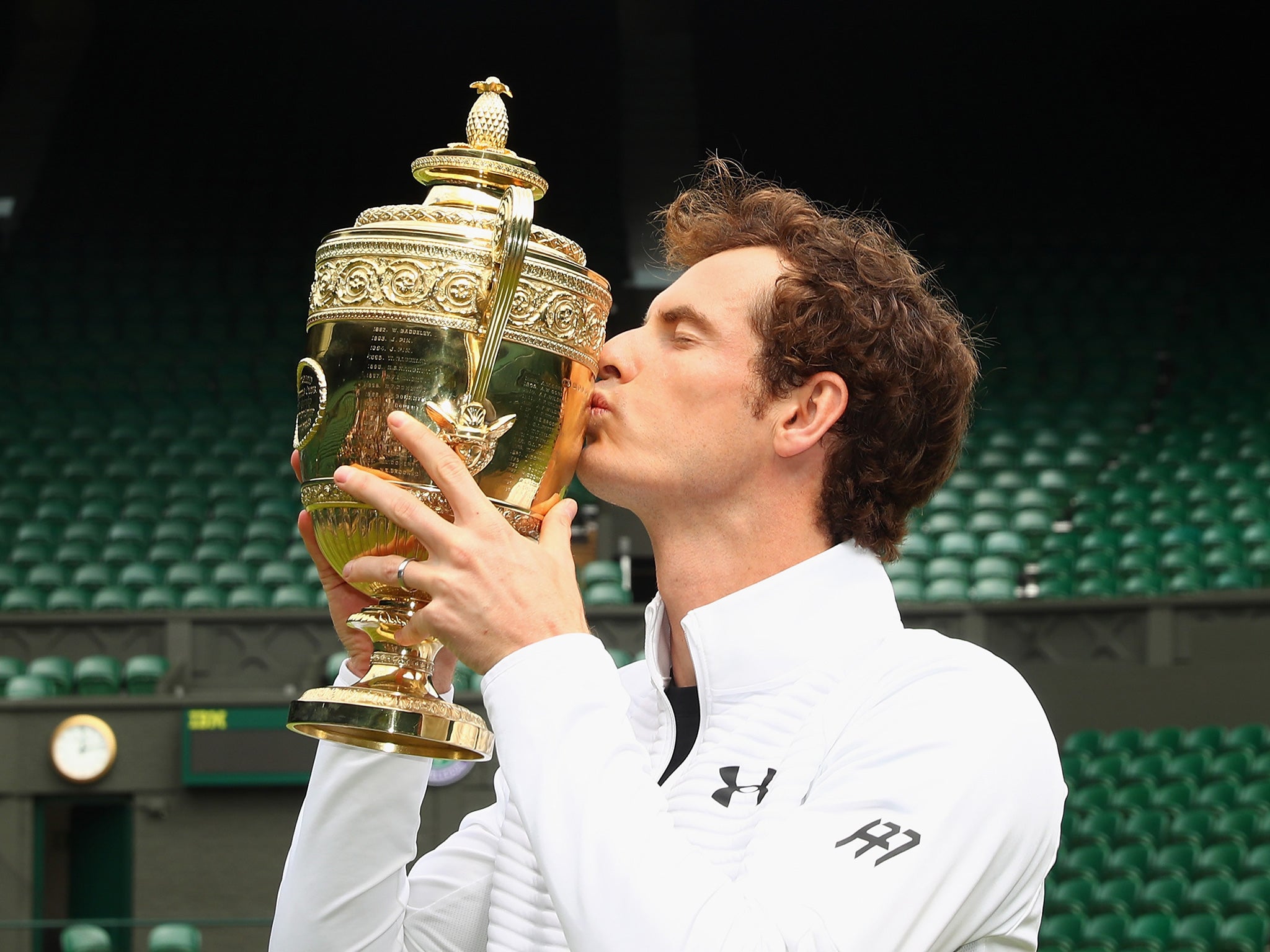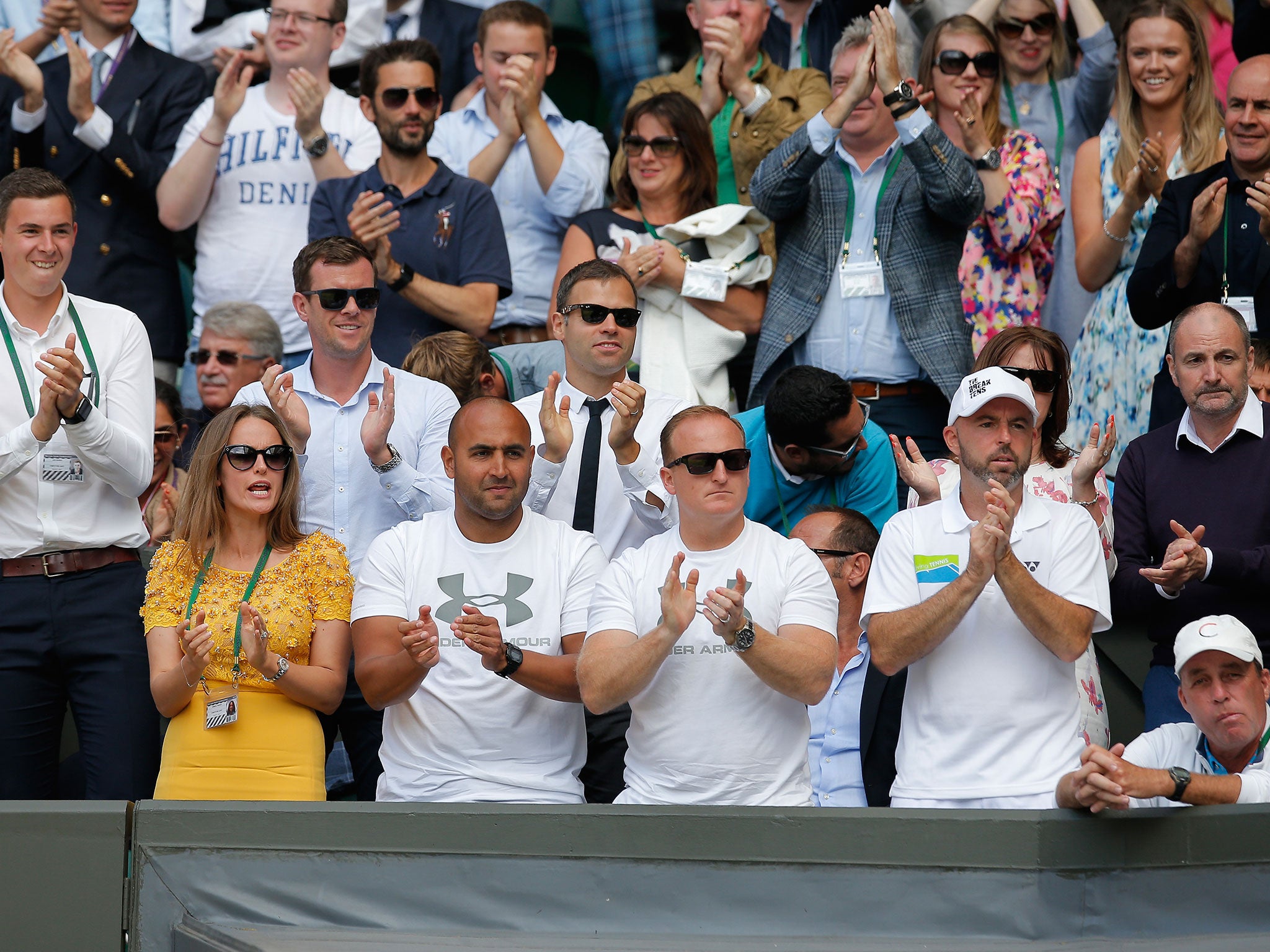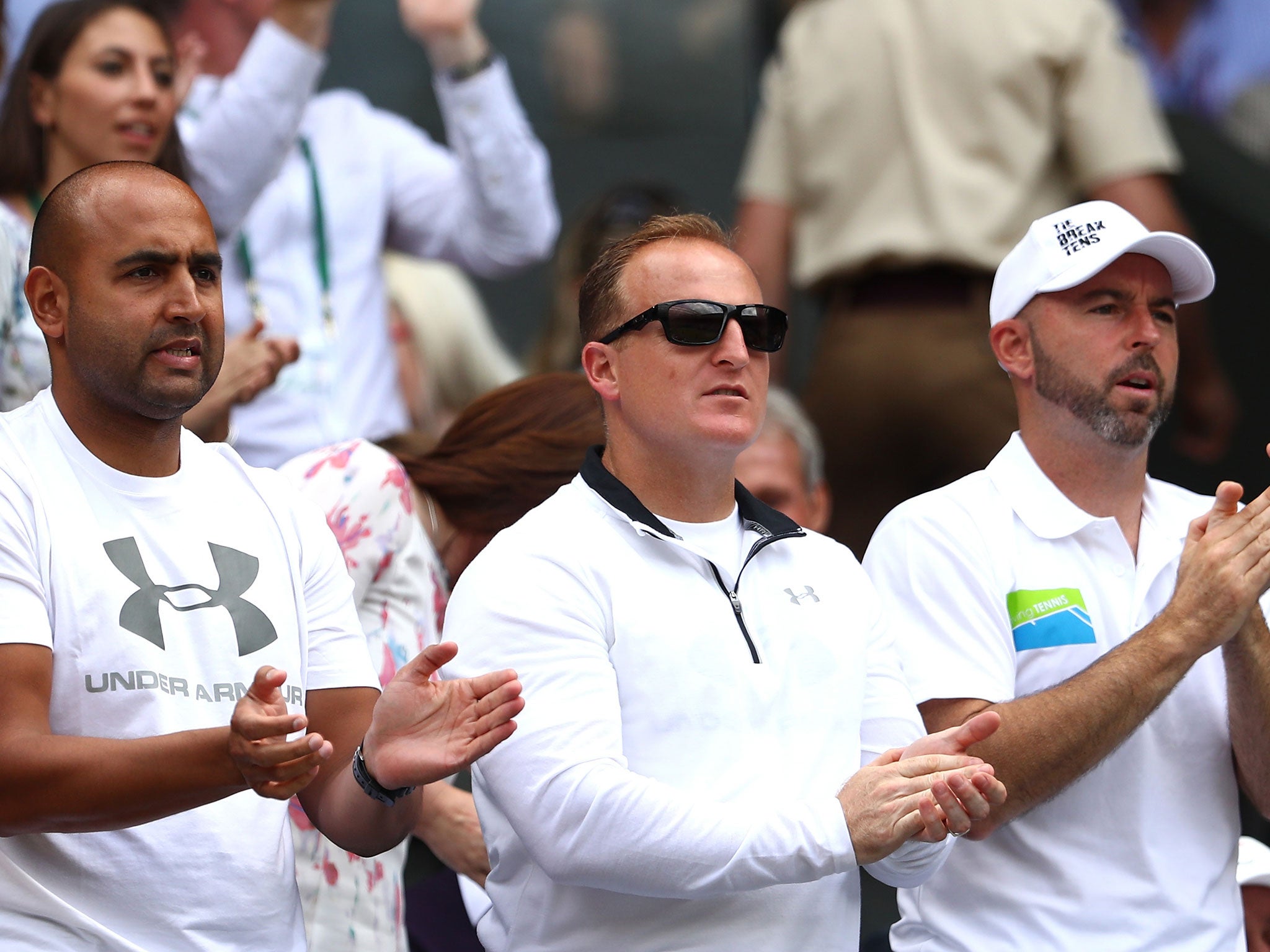Wimbledon 2016: Andy Murray's fitness guru reveals how he keeps him going
Matt Little reveals the secrets behind the success of the SW19 champion

Your support helps us to tell the story
From reproductive rights to climate change to Big Tech, The Independent is on the ground when the story is developing. Whether it's investigating the financials of Elon Musk's pro-Trump PAC or producing our latest documentary, 'The A Word', which shines a light on the American women fighting for reproductive rights, we know how important it is to parse out the facts from the messaging.
At such a critical moment in US history, we need reporters on the ground. Your donation allows us to keep sending journalists to speak to both sides of the story.
The Independent is trusted by Americans across the entire political spectrum. And unlike many other quality news outlets, we choose not to lock Americans out of our reporting and analysis with paywalls. We believe quality journalism should be available to everyone, paid for by those who can afford it.
Your support makes all the difference.Andy Murray’s power and speed have helped to make him a double Wimbledon champion, which is why his strength and conditioning coach is determined to keep him at a physical peak for the rest of his career.
Murray is one of the strongest and fittest players in tennis and Matt Little, who has been working with the world No 2 for nine years and is the longest-serving member of his coaching entourage, wants to keep it that way.
“One of the things we are working on is his speed and power and I’m really determined that he doesn’t lose that in this final third of his career,” Little said. “But I also don’t want to just kill him, so I’ve set levels and standards where he needs to achieve those standards and once he has achieved them, we back off that area.
“I know how strong he needs to be. I know how fast he needs to be. I know how fit he needs to be. And once he has hit those stats, I know it is OK and I can back off him. It’s not about constantly smashing him and hammering him in the gym.”
In the wake of his triumph on Sunday Murray stressed the contribution of his whole team. Little works closely with another fitness trainer, Steve Kotze, as well as Murray’s regular physios, Mark Bender and Shane Annun, his nutritionist Glenn Kearney and Teresina Goheen, who oversees his Gyrotonics programme.
Little said: “To think that Andy would get through this tournament off the back of that French Open and that clay-court season without any niggles at all is, for us, as big a success as Andy lifting the trophy himself.”

Murray had back surgery at the end of 2013, having suffered repeated problems, especially when playing on clay, due to the need to rotate his body more to generate power on the slower surface.
“He was in a lot of pain and it is testament to his work but also to how we have worked together as a team that has been a real big success story,” Little said.
“It was tough. It took us probably the best part of a year to really get him back on track and feeling good and we still work tirelessly to keep him feeling that way. It’s been a long road. It’s hard to find the words to describe it because seeing what he has gone through and how much he has dedicated himself every day has been incredible. It has been really amazing to watch him do it.”
Little was one of the people Lendl consulted after Murray asked him if he would coach him again. “I got a phone call when I was at a family barbecue,” Little recalled. “He said: ‘OK, right, update me with what’s been happening. Where is he at physically? Can we get more out of him physically?’
“I said: ‘Actually I think he is pretty close to his max really. We can keep pushing him, but I think he is pretty good. I don’t think he is losing these things because of physical reasons.’
“Of course as a team we keep pushing, we keep trying to find angles, we keep trying to find extra things and that will continue to happen. Even now, one of the first conversations we had after he won [Wimbledon] was: ‘OK, right, what’s next? What are we doing now? What’s the plan?’

“That’s the way it is going to be. That is also what Ivan brings actually. He brings: ‘OK, great, we’ve got that one under the belt, but let’s look forward. Let’s make it even better’.”
Little said that Murray had been more focused and intense than ever in practice recently. “One of the things Ivan brings to the table is that intensity on the practice court,” he said. “He does demand that level of intensity and pushes Andy hard. That’s the kind of expectation when Ivan turns up on the court and the drills that he sets up. They do force Andy to work hard the whole time.
“Even from a physical perspective, I haven’t seen Andy put in a bad session in nine years. When he lost the French Open final, we were sitting around the table having a discussion about it that night to say: ‘How much harder can we push you? How much extra can we get out of you?’ There were some soul-searching moments there.”
Little said he had learned the importance of giving Murray support from the sidelines during matches. “I do feel like he looks to the box to help him through tough moments in the match, be that him verbalising towards us or expecting us to verbalise towards him,” he said.
“I’ve seen so many matches now, I get a feeling for when things are about to start to go flat with him and I get a feeling when things are going to start to go a little bit against him and I also get a feeling for when he needs to be left alone and when he’s OK.
“I feel like it really helps him,” he said. “It is also good to have that balanced with someone like Ivan, who is very calm. But Andy feeds off that energy. He needs it. I’ve had nine years of screaming at him but he’s returned the favour.”
Join our commenting forum
Join thought-provoking conversations, follow other Independent readers and see their replies
Comments